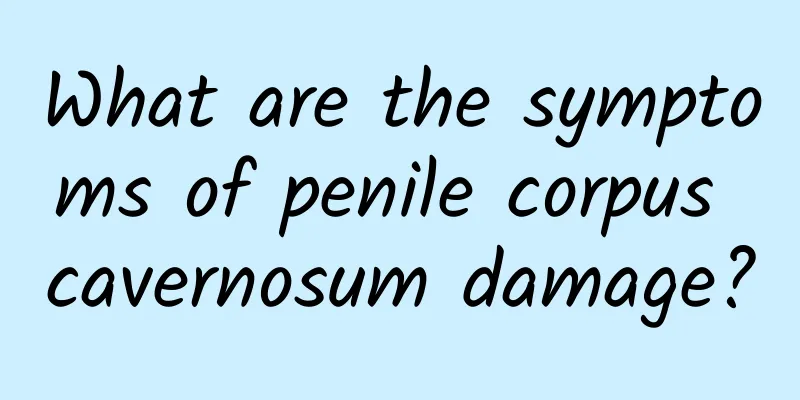Key steps of prostatectomy and postoperative care

|
With the development of various scientific and technological advances, many difficult and complicated medical problems have been solved one by one. Among them, prostatectomy is also an important breakthrough in medicine. Let us take a look at the key steps of this technology. Key Steps in Prostatectomy 1. Pelvic lymph node resection; 2. Open the pelvic fascia and partially remove the pubic prostatic ligament; 3. Suture, ligate and divide the Santorini dorsal vein complex; 4. Make an incision at the apex of the prostate and cut off the urethra (sometimes the anastomosis is sutured at this point during the operation); 5. Separate the prostate from the neurovascular bundle; 6. Ligation and transection of the lateral pedicle of the prostate; 7. Disconnect and reconstruct the bladder neck; 8. Removal of the seminal vesicle and vas deferens in the abdomen; 9. Perform vesicourethral anastomosis. Postoperative care To pull the balloon catheter, the gauze tied to the external opening of the urethra should be loosened within 2 to 3 hours after the operation to prevent long-term traction and compression of the sphincter, causing urinary incontinence. The thin tube of the three-chamber balloon is connected to the flusher, and the thick tube is connected to the drainage tube. The inner diameter of the drainage tube joint should be large. Use isotonic saline or 1:5000 furazolidone solution to continuously flush. If there is a lot of bleeding, it can be flushed with cold saline on the first day. In the first 24 hours, pay attention to whether the drainage tube is unobstructed. The drainage fluid should be more than the flushing fluid. Otherwise, it needs to be flushed with a flusher, and observe whether there is blood clots or tissue fragments blocking it. At the same time, check whether there is fluid extravasation in the lower abdomen. Even if continuous drainage is not performed by suprapubic puncture, but by using a modified Reuter reflux resectoscope, there is no puncture hole in the bladder. If the drainage is not smooth and the bladder pressure increases, the flushing fluid may leak through the surgical capsule into the space outside the bladder, causing water intoxication or infection. After the operation, the patient is required to turn over frequently and move his limbs slightly to prevent thrombosis in the lower limbs and pulmonary complications. Starting from the second day after the operation, 5 ml of water is drained from the balloon catheter water bag every day. If the drainage fluid is no longer bloody (mostly within 48 hours), the balloon catheter is removed 72 to 96 hours after the operation. When removing the catheter, first drain the liquid in the water bag, quickly flush and drain, and pull the tube out 3 cm to the prostatic fossa to flush out small blood clots or small fragments in the fossa. Then, 200 ml of flushing fluid is poured into and retained in the bladder (so that there is enough fluid to flush out the residual blood clots and necrotic exfoliated tissue in the prostatic fossa during the first urination, and reduce the pain at the same time), and the catheter is removed. After the balloon catheter is removed, instruct the patient to drink at least 1500 ml of water every day so that there is enough urine to flush the bladder and urethra. It is not advisable to sit on a soft sofa for at least 5 days to avoid pressure on the prostatic fossa and bleeding. Increase activities gradually, and do not rush. Be sure to repeatedly tell the patient that since the prostatic fossa is injured and has not healed, there may be some pain and hematuria at the beginning and end of urination after the catheter is removed. Frequent urination and urethral burning pain will last for 2 weeks or 2 months (mostly 1 month). After the operation, the patient can eat a semi-liquid diet after the anus is deflated. Depending on the individual situation, normal food can be eaten 1 to 2 days later. To prevent constipation from squeezing the prostatic fossa and causing secondary bleeding, lubricants and 20 ml of suppository solution are given according to the patient's preoperative bowel movement. If necessary, a rectal catheter is inserted for enema. |
<<: Why does prostatitis lead to premature ejaculation?
>>: What is the function of the chest muscles? How to train the chest muscles
Recommend
Can I drink milk if I have diarrhea? What are the dietary precautions?
Milk is a favorite drink for people, but when pat...
My stomach hurts when I press it. Why?
Recently, many male friends have experienced lowe...
Do you use outdoor sunscreen? If you don't, you will become like this
Many women use sunscreen when going out in the su...
How is a small belly formed? These three factors are the most common
A small belly is a common condition for women, bu...
How to whiten the face of boys
Being too beautiful is everyone's nature. A l...
What to do if you are allergic to peach hairs? Solutions to peach hair allergies
Peaches are one of many people's favorite fru...
Which department of the hospital does testicles belong to?
All male friends should know that if there is a p...
What are the health regimens for 45-year-old men?
In our current life, every man may be the backbon...
What are nasolabial lines? How to get rid of them?
In fact, the part of the human face that is most ...
How to treat fungal infection? Treatment methods for fungal infection
Fungal infections are more common in female gynec...
10 ways for men to prevent hair loss and promote hair growth
Many male friends are troubled by hair loss. Ther...
3 major features that reveal a man is lying
1. He avoids eye contact with you A person's ...
What to do if you have a stiff neck and neck pain? Remember these ten tips.
Many people have encountered this in their lives ...
Scrotal acne
The scrotum is an important male reproductive org...
What causes men to have a bad breath?
Men's bad breath can be caused by chronic den...









